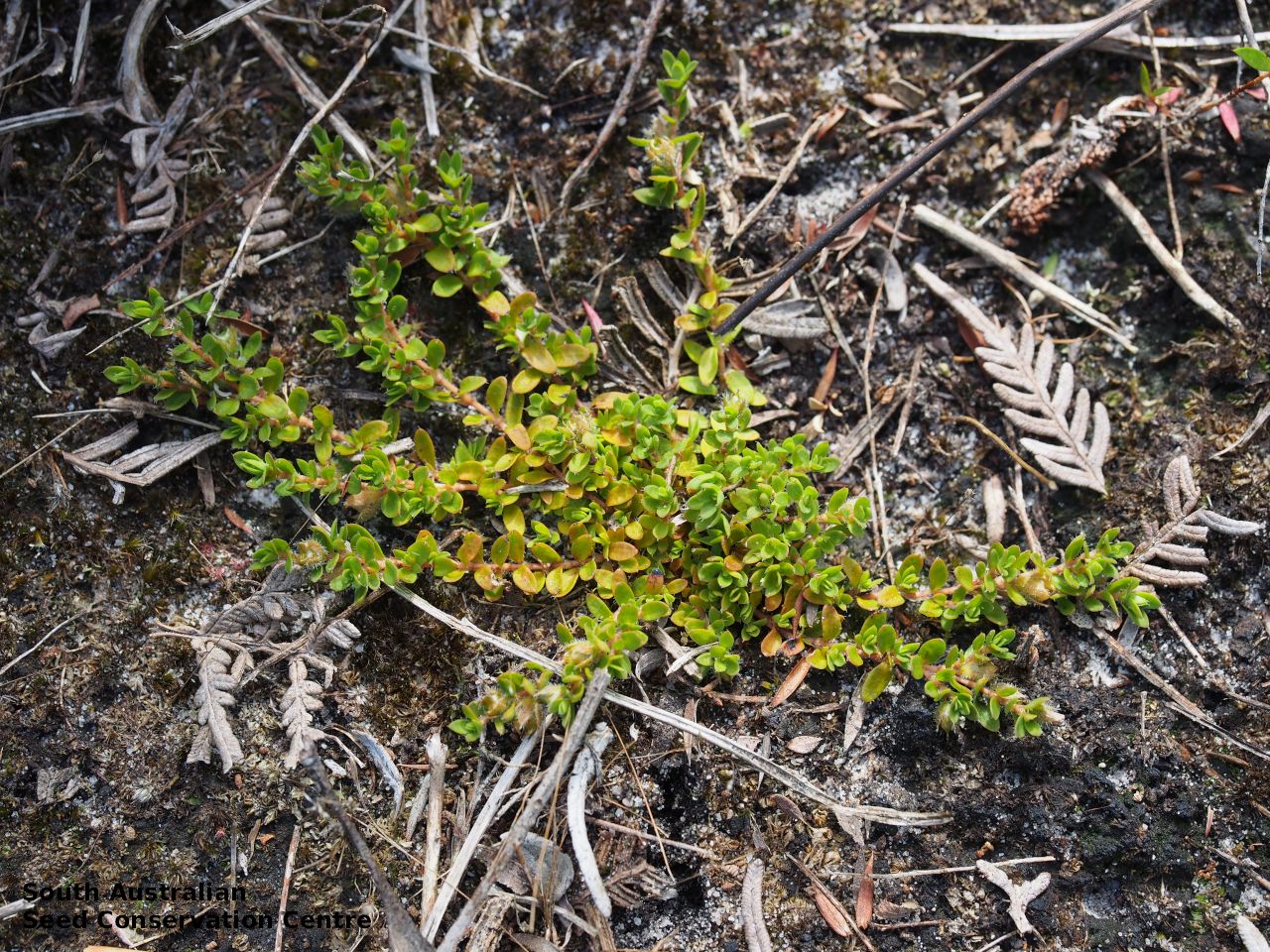

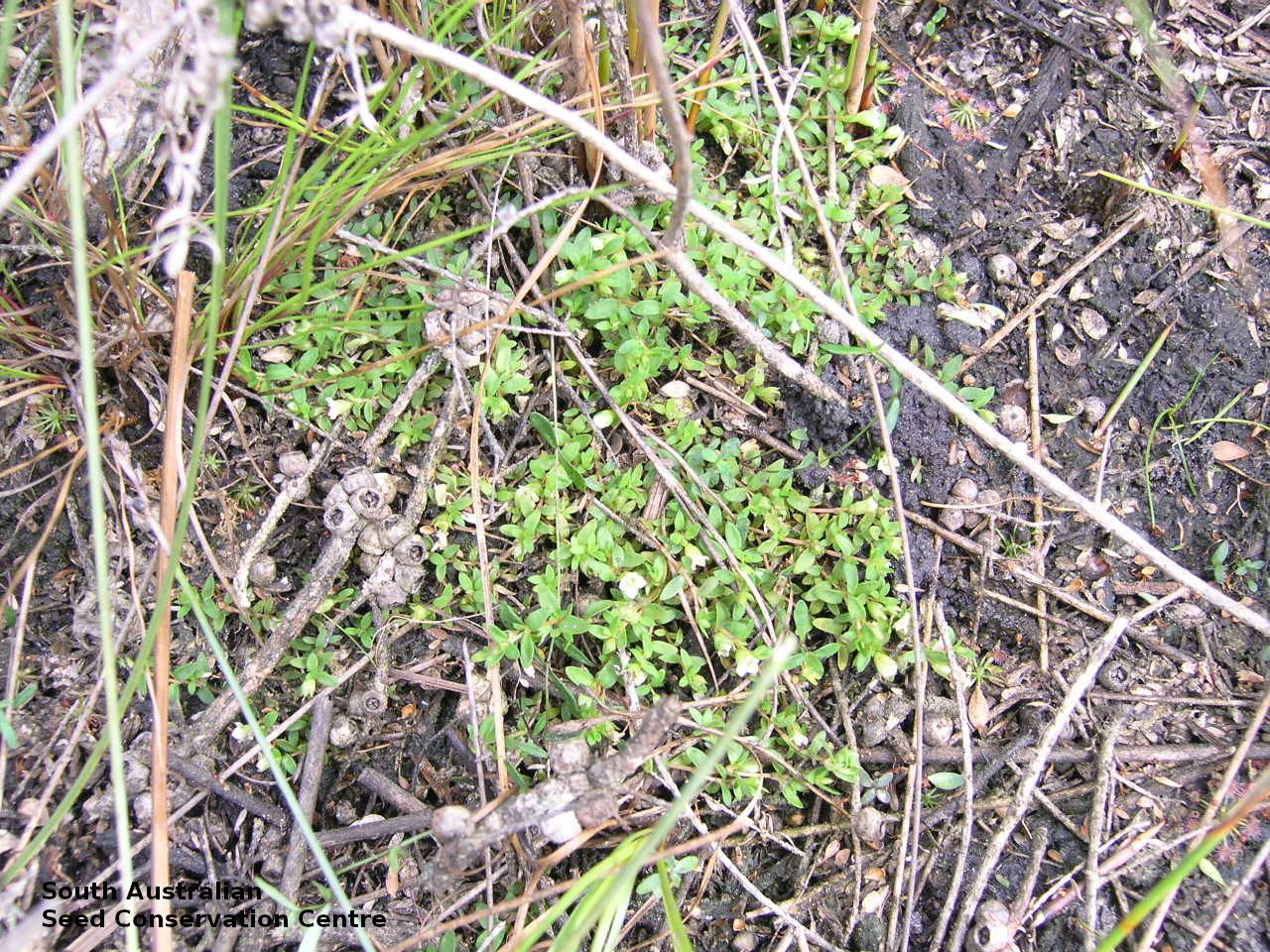
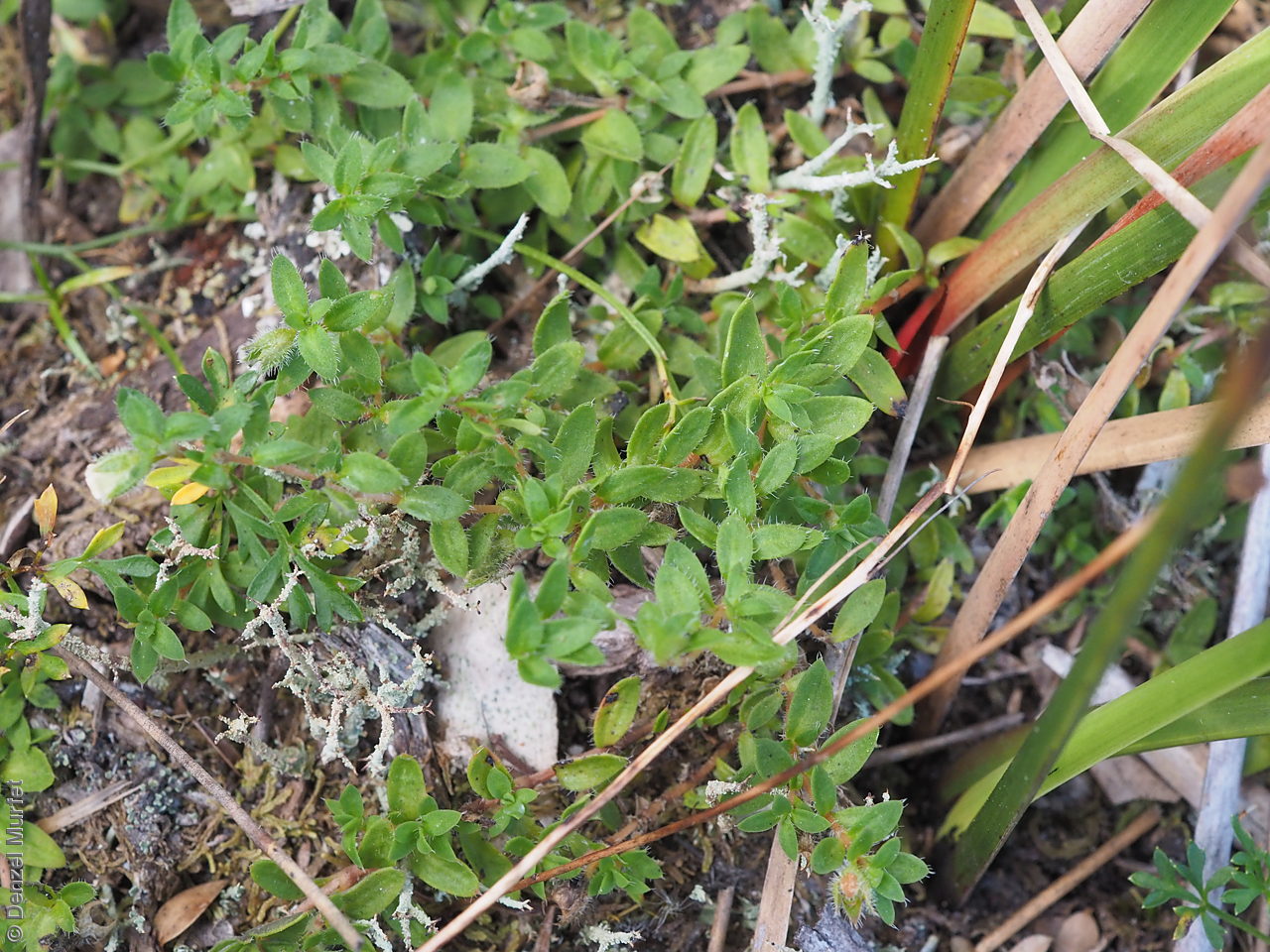
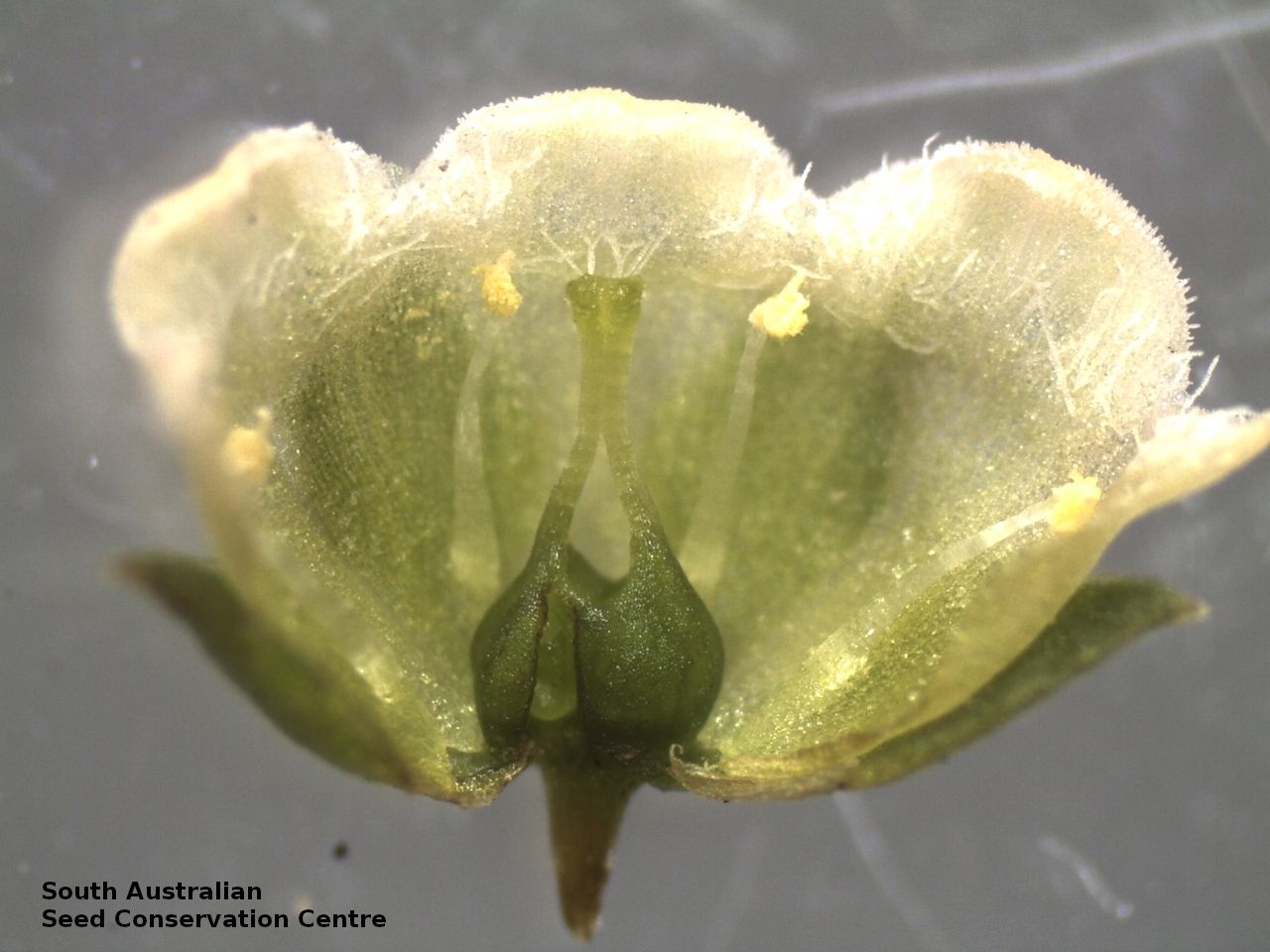
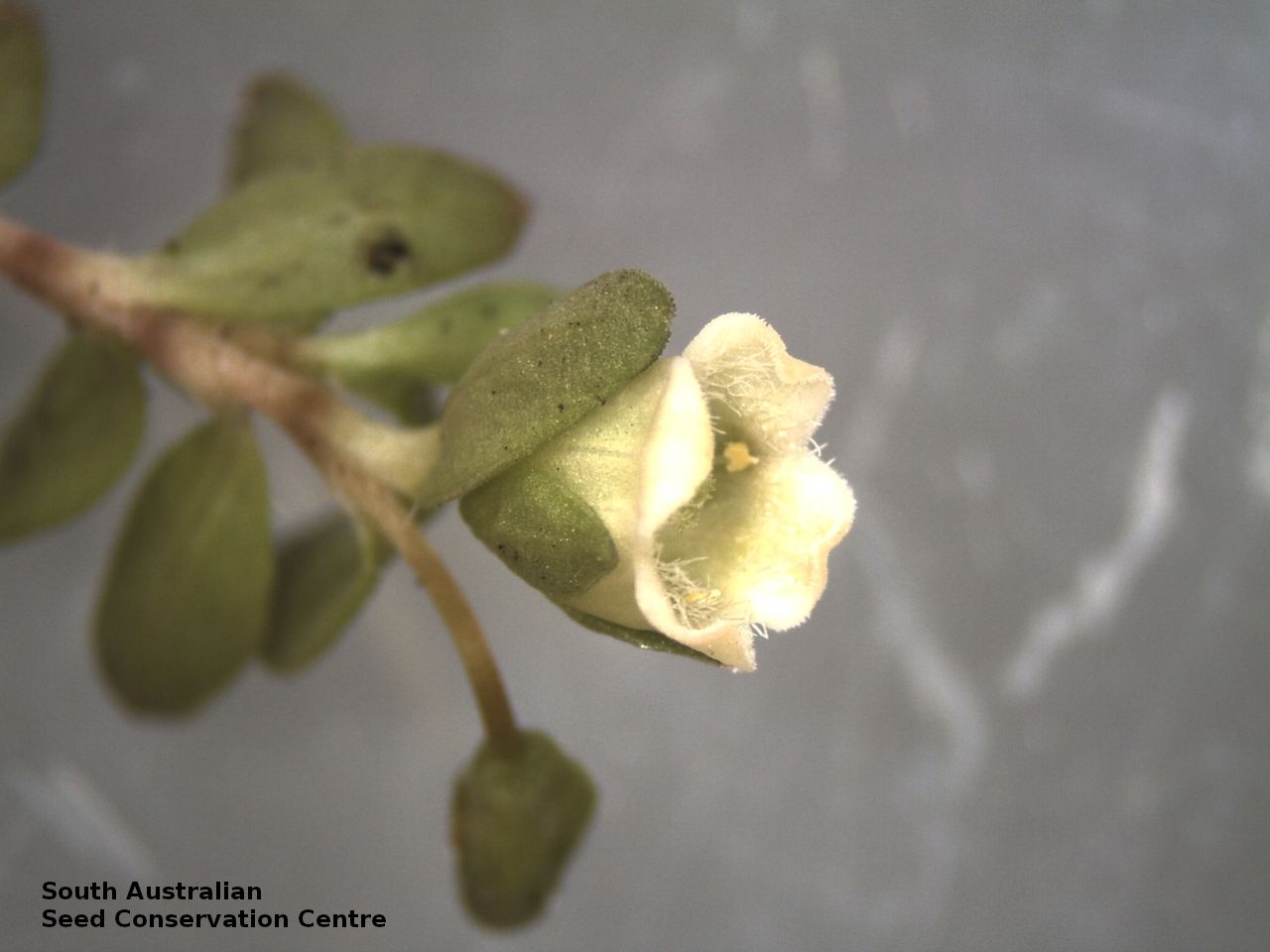
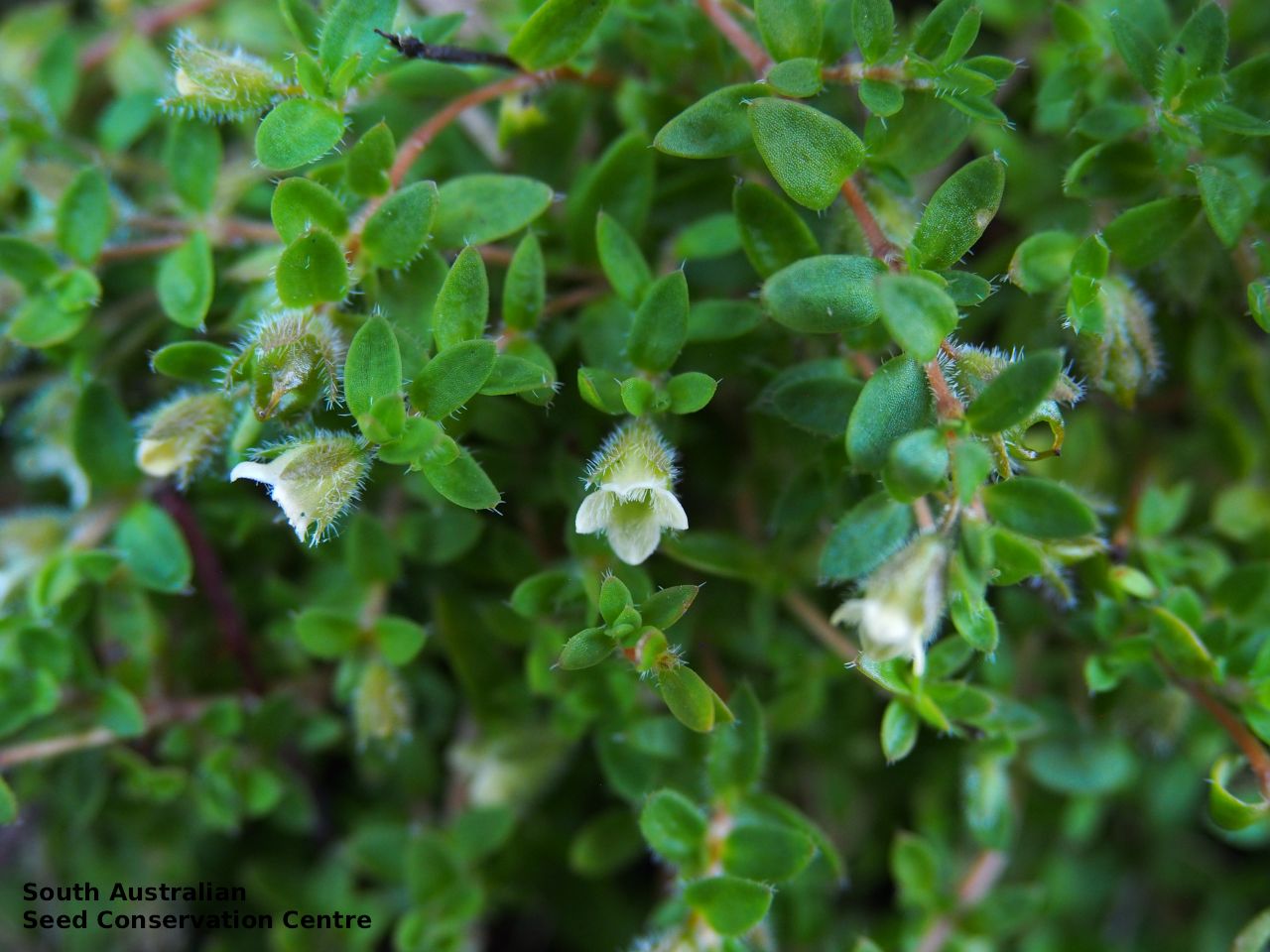
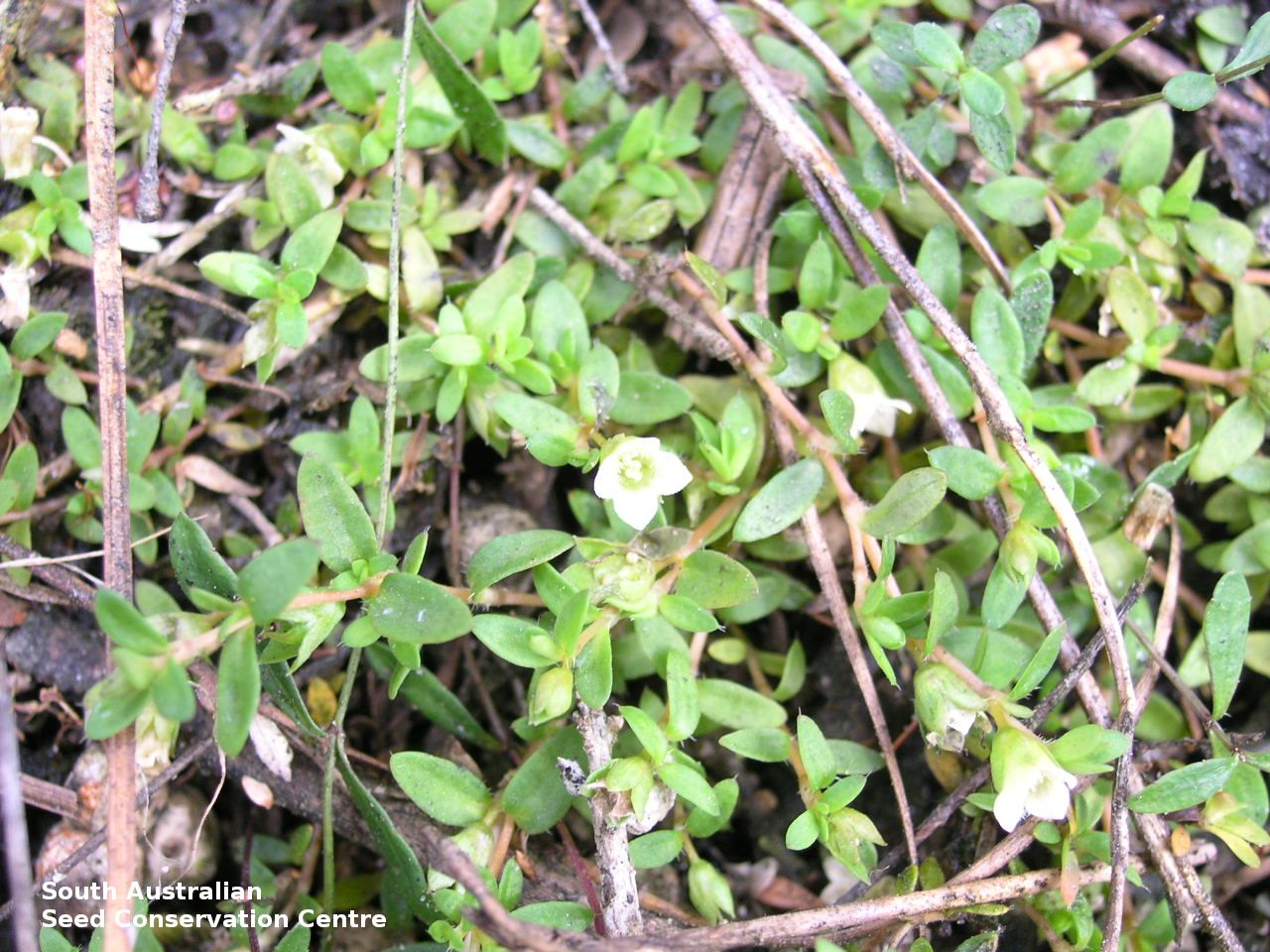
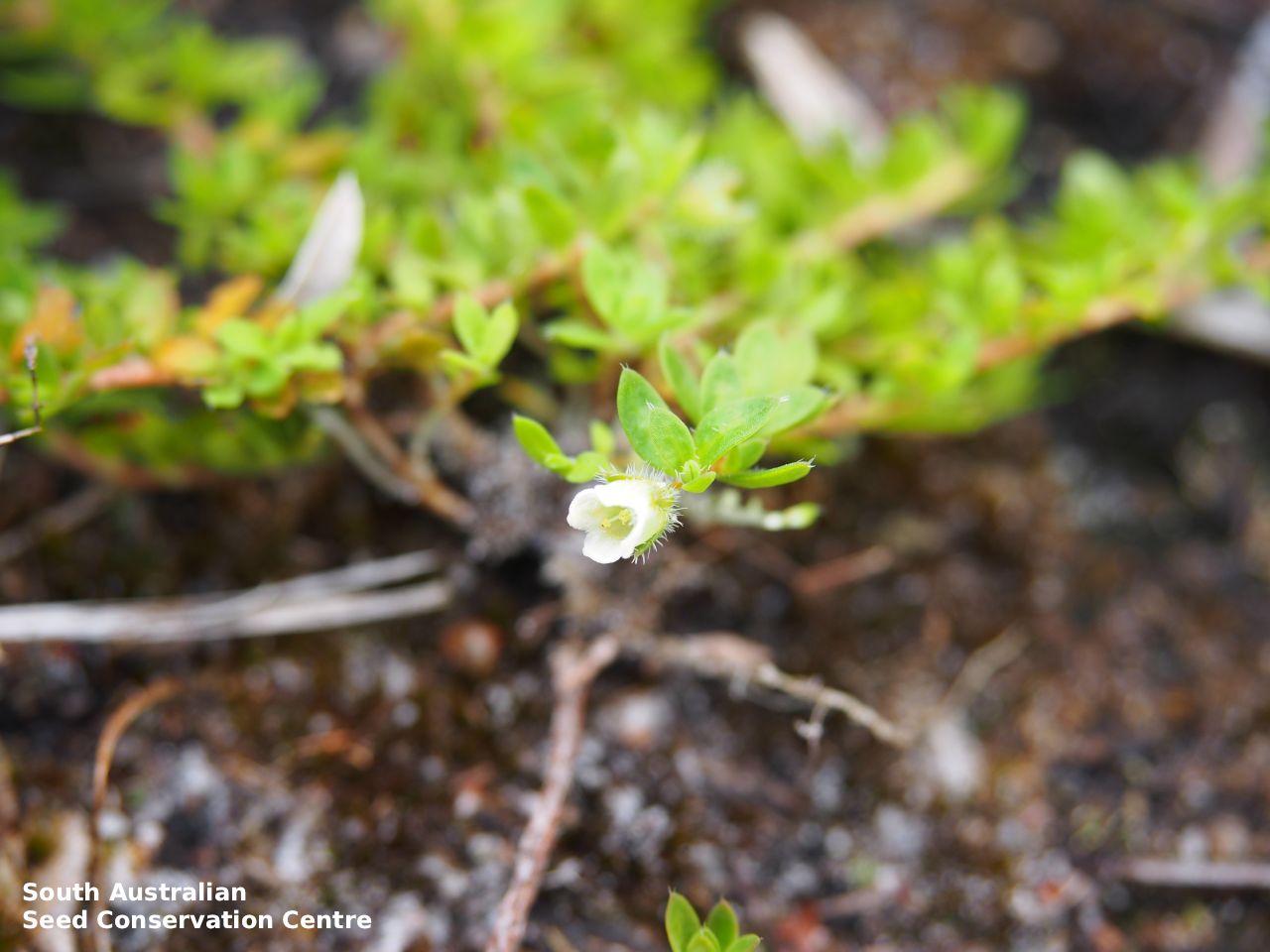

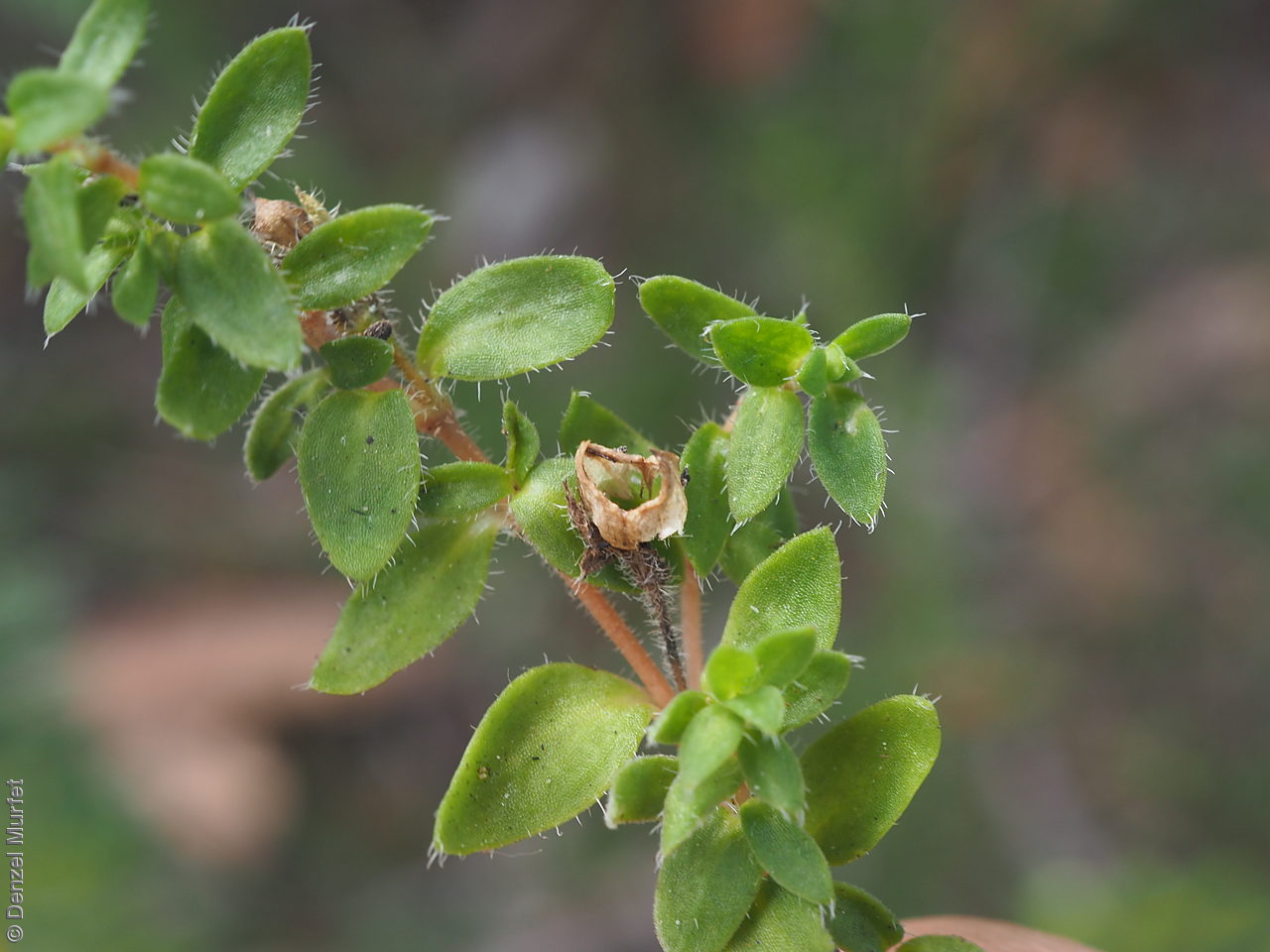
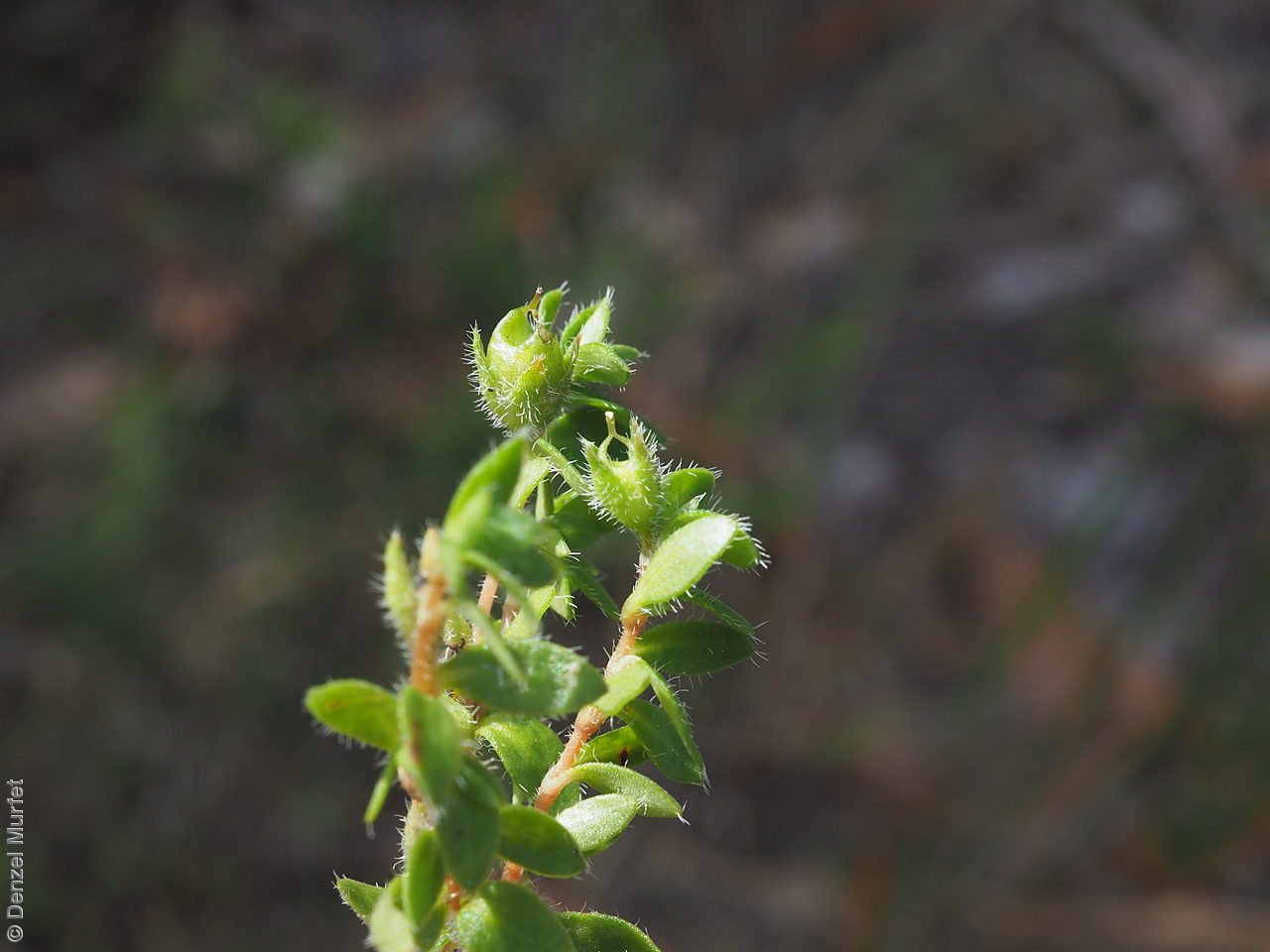
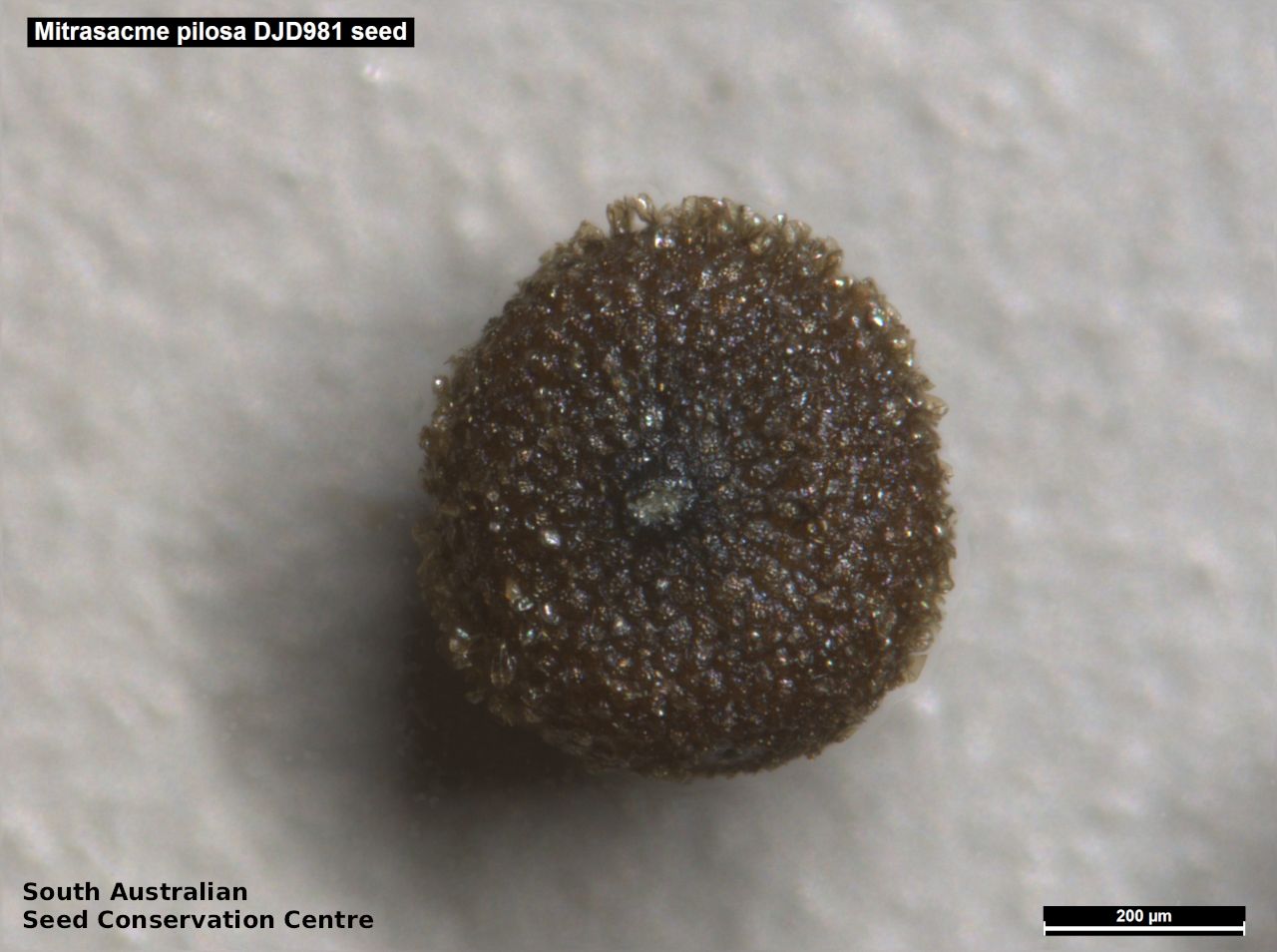
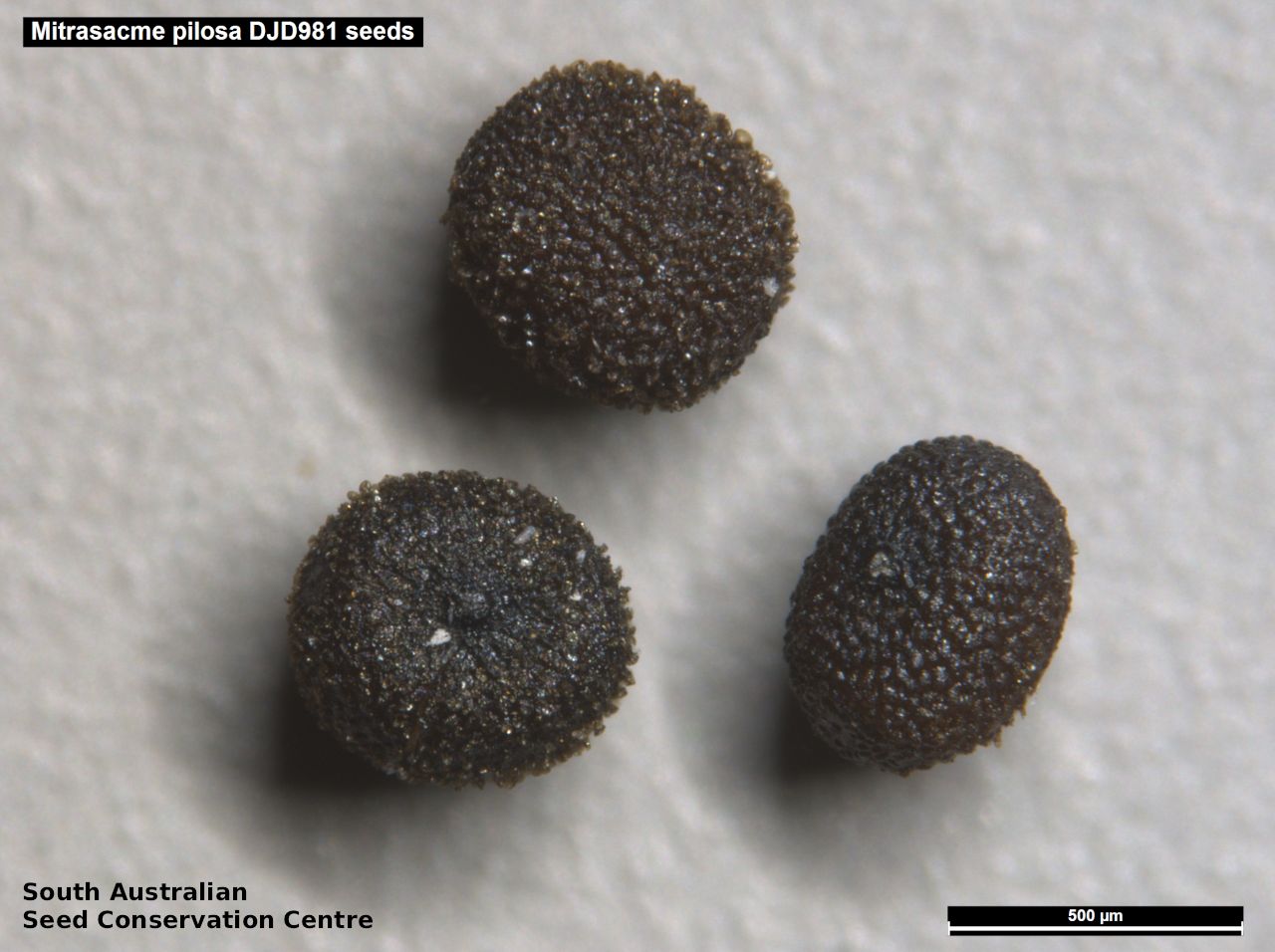


Botanical art
Common names
Hairy Mitrewort
Etymology
Mitrasacme from the Greek 'mitra' meaning head-dress (used in the sense of an ecclesiastical mitre) and 'akme' meaning summit; referring to resemblance of the corolla of Mitrasacme pilosa to a bishop's mitre. Pilosa from the Greek 'pilosus' meaning covered in long, soft hairs; referring to the hairs on the stems and flowers.
Distribution and status
Found mainly in the the lower South-east and a single collection from the Eyre Peninsula in South Australia, growing in wet heaths on peaty or gravelly soils. Also found in New South Wales, Victoria and Tasmania. Native. Rare in South Australia. Uncommon in New South Wales. Common in the other states.
Herbarium regions: Eyre Peninsula, South Eastern
AVH map: SA distribution map (external link)
Plant description
Prostrate, procumbent or weakly erect perennial herb to 11 cm high with weak branches covered in coarse and dense hairs. Leaves narrowly elliptic, narrowing towards the base, to 7 mm long and 5.5 mm wide, glabrous or sometimes with a few scattered hairs on the upper and lower surfaces. Inflorescence in the upper axils or in small terminal, leafy clusters on stalk to 10 mm long, elongating to 15 mm in fruit, sparsely to densely hairy, with creamy white flowers. Calyx externally hairy, inner surface of lobes glabrous, corolla glabrous outside, hairy inside. Flowering between October and November. Fruits are brown ellipsoid capsules ellipsoid to 6 mm diameter. Seeds are tiny brown to black globular to ellipsoid seed to 0.6 mm, with a wrinkled surface. Seed embryo type is linear under-developed.
Seed collection and propagation
Collect seeds between November and January. Collect maturing capsules, those that are fat, turning a straw colour and contain hard dark seeds. Place the capsules in a tray and leave to dry for one to two weeks. Then rub the capsules gently by hand or with a rubber bung to dislodge the seeds. Use a sieve to separate the unwanted material. Be very careful as the seeds are very small. Store the seeds with a desiccant such as dried silica beads or dry rice, in an air tight container in a cool and dry place. From one collection, the seed viability was high, at 90%.
| Location | No. of seeds (weight grams) | Number of plants | Date collected | Collection number Collection location | Date stored | % Viability | Storage temperature |
|---|---|---|---|---|---|---|---|
| MSB | 74,000 (6.92 g) | 20 | 13-Dec-2007 | DJD1027 South Eastern | 95% | ||
| BGA | 4,300 (0.27 g) | 12 | 13-Dec-2007 | DJD981 South Eastern | 19-Sep-2008 | 90% | +5°C, -18°C |
Number of plants: This is the number of plants from which the seeds were collected.
Collection location: The Herbarium of South Australia's region name.
% Viability: Percentage of filled healthy seeds determined by a cut test or x-ray.